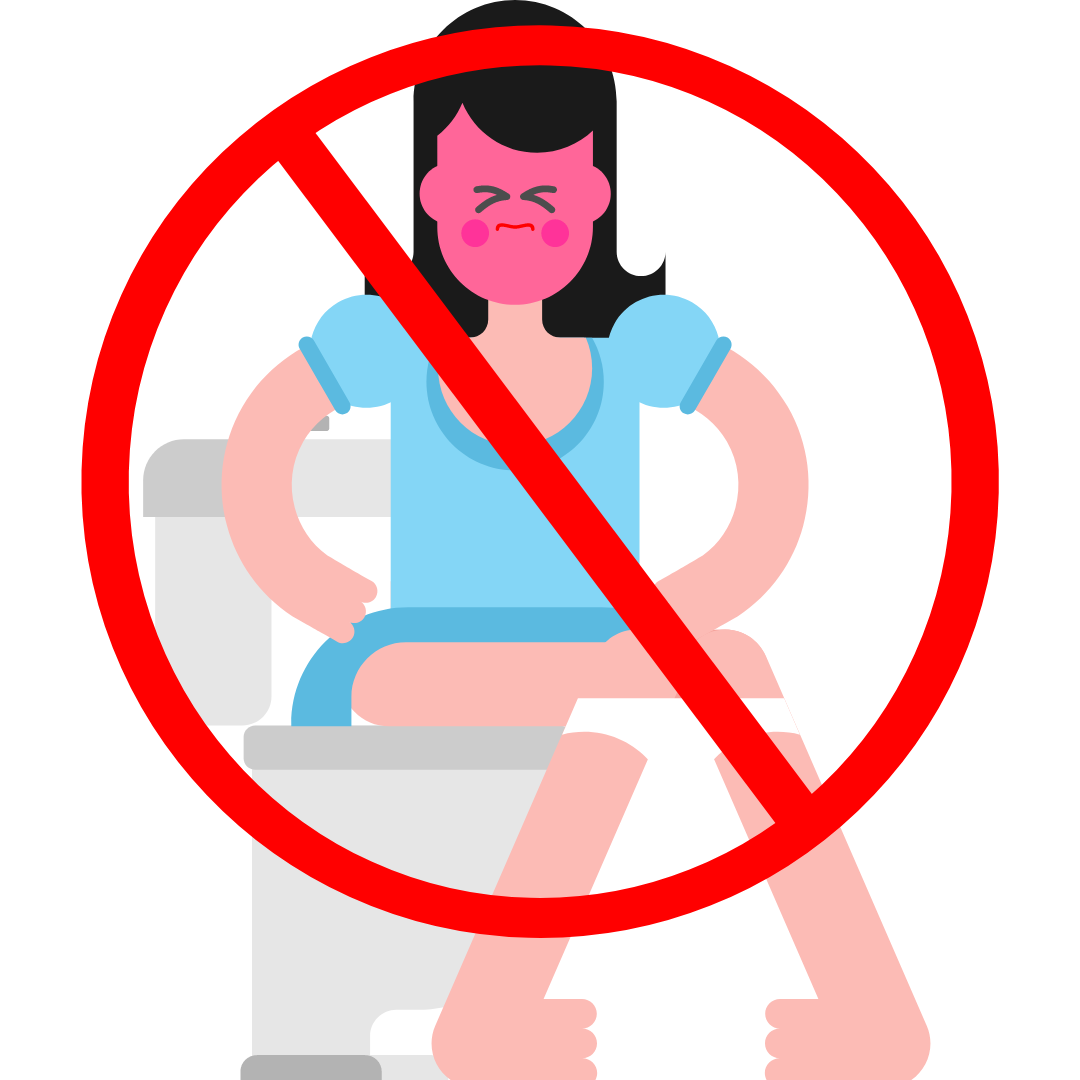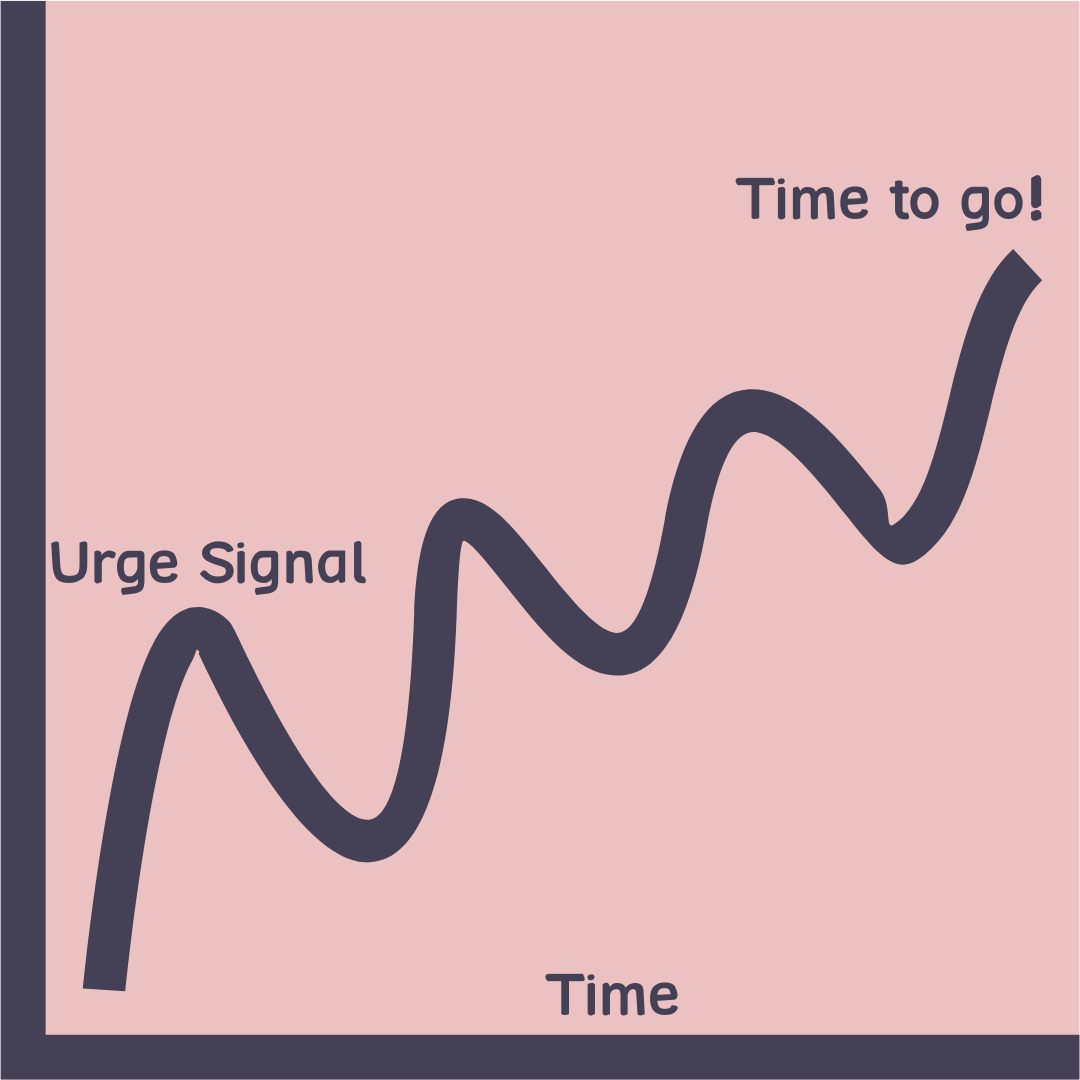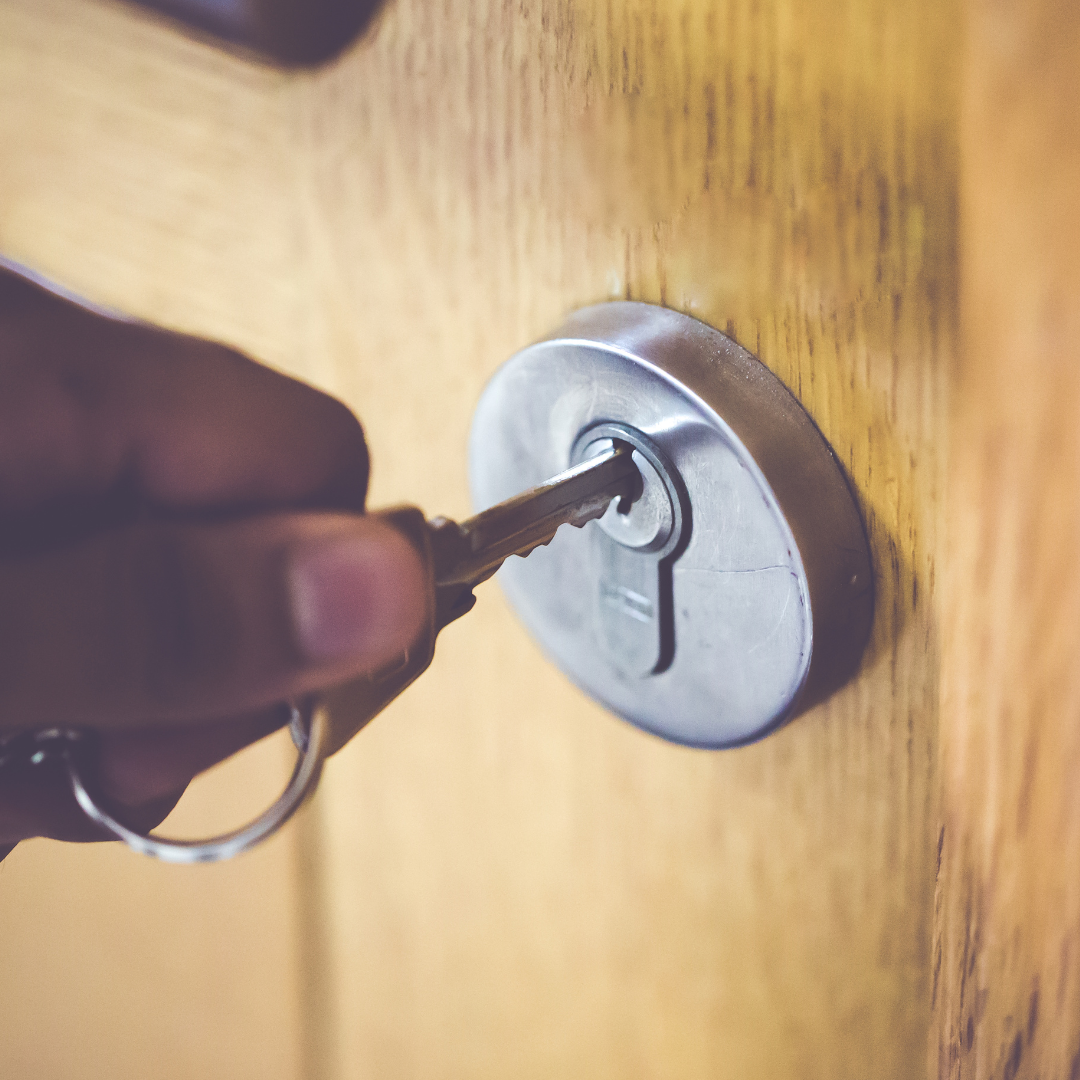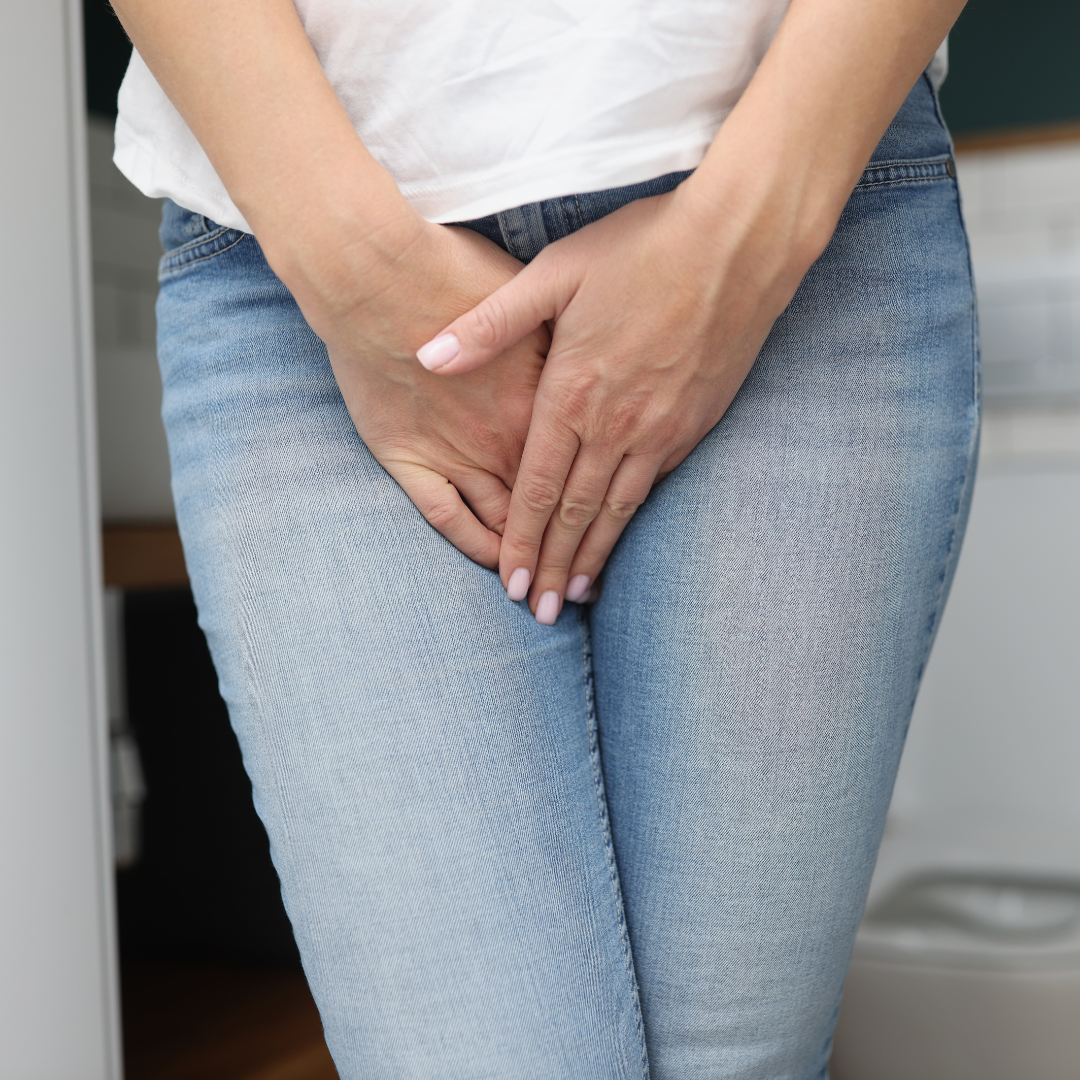‘Tis the season! Here we are in the last month of 2022. For some of us that means we are moving into some colder weather months, for others it might mean doing a little more celebrating and letting loose before buckling down in the new year and for many of us it is a time where routines are mixed up and we may be dealing with a little (okay A LOT) more stress in our day to day lives.
Did you know that all of the things mentioned above can be triggers for bladder issues? Yep that is right! For many people, colder weather brings on greater urges to go to the bathroom. Alcohol, caffeine and caramel coloring found in many sodas and carbonation can also all be bladder irritants creating stronger urges or increased frequency. And you guessed it – stress and changes in routine can create bladder issues or exacerbate smaller issues that were already present.
Susan – why are you telling me all of this?! It is stressing me out more!!
Don’t worry, stick with me. As most of you know, I am HUGE on education and awareness. The more you know about your body, your bladder, and your pelvic floor, the more you can make an impact on your self care and know when to follow up. So what does this mean? We are going to talk about what is considered normal, good bladder habits and some urge suppression techniques you can do to help curb some of these issues. So stay with me 🙂
WHEN IT COMES TO BLADDER HEALTH, WHAT IS CONSIDERED NORMAL?
Your bladder stores urine by relaxing and allowing the urine to collect and expels by fully contracting. It is controlled by nerves within the bladder, by the neurologic pathway from your bladder to your brain and the centers within your brain. Typically, during a 24 hour period, you should urinate every 2-5 hours with an average of 5-8 trips to the bathroom. The average bladder holds about 2 cups of urine before it needs to be emptied and your stream should last about 8-10 sec. As we get older, your bladder capacity can get smaller and we may need to urinate more frequently, but not usually more than every 2 hours
Urine should flow easily without discomfort in a good, steady stream until the bladder is empty. No pushing or straining is necessary to empty the bladder.

Hovering or squatting during voiding is discouraged due to your pelvic floor still trying to contract in these positions and when you are voiding, you want your pelvic floor to relax, so make sure you are fully supported into a deep squat if you are in nature 🙂
Urine color will change depending on concentration (the more concentrated the darker yellow/amber the urine will appear) – If you are getting enough fluids your urine should be a clear pale yellow with no foul odor. Just a side note here – if you are trying to limit fluids because you think it will make you pee less, THINK AGAIN! This is because a more concentrated urine will actually start to irritate the bladder lining causing it to want to expel even if there is just a little bit in there – so take it from me keep you and your organs hydrated, they will thank you!
An urge is a signal that you feel as the bladder stretches to fill with urine. Urges can be felt even if the bladder is not full but should not command you to go to the toilet. Urges come in waves and will gradually build in intensity as the bladder is stretched closer to capacity.

When people deal with urge urinary incontinence, they are not able to hold urine past the initial urge or trigger and end up leaking before they make it to the bathroom. Common triggers include running water, cold temperatures or a quick change in temperature (getting out of a pool/hot tub), and key in door.

I find that this can be behavioral nature as a result of pelvic floor weakness or lack of awareness and tends to start out pretty minimal in significance but as we continue to feed into the small urges and empty our bladder sooner and sooner, the brain starts to send stronger signals before the bladder is actually at capacity. This creates greater issues over time and evolves into increased frequency and a sense of dependency on always being near a bathroom.
SO, WHAT ARE GOOD BLADDER HABITS?
- Take your time when emptying your bladder. Do not strain or push to empty your bladder. Make sure your bladder is completely empty each time you void, do not rush the process
- Avoid going to the bathroom before you leave the house, whenever you pass a toilet while out; toileting “just in case” or going to the bathroom so often so you “don’t have as much urine to leak”. It may actually end up leading to urinary frequency and after a while the bladder begins to signal the brain that it needs to urinate before it has reached full capacity. The bladder begins to rule your brain and your life
- If allowed, the bladder will signal the need to urinate and begin contractions to urinate with smaller and smaller amounts of urine in the bladder. This results in urinary frequency and although your capacity to hold urine remains the same, your bladder thinks it is full, even when it is not.
- This condition may result in urge incontinence and the inability to make it to the bathroom prior to leaking
- It is usually not necessary to void when you feel the first urge and try to only go when your bladder is full.
- For those that have issues with leaking, knowing when your bladder is full might take some trial and error. There are a lot of things to consider when trying to answer this question.
- But consider –
- How long has it been since your last void?
- How much fluid have you taken in since that last void?
- Were those fluids bladder irritants?
- Additionally, consistently ignoring the urge to go (waiting more than 4-5 hours between toileting) or urinating to infrequently may be convenient but not healthy for your bladder
So this is definitely not laying out any hard and fast rules but should serve as a guideline because every day and circumstance may be a little different. In the end though, you should be typically following the parameters laid out earlier to judge if your bladder habits are in need of some modification.
You’ve gotten this far, now let’s paint some pictures of clients I will see that I work urge suppression techniques with
You are dealing with strong urges even in a small amount of time since your last void and you haven’t been chugging any fluids?
Every day when you pull into your driveway, you have to immediately run to the bathroom or you will have an accident.
You know where every bathroom is in your daily routine or where you do you shopping/dining out?
Any of these sound familiar? Here are some simple urge suppression techniques that can help improve your brain/bladder/pelvic floor connection to decrease the stronghold your bladder has on your life.

- If you are experiencing urgency signals (especially when first getting home/entering the door)
- STOP! Sit down if you can or apply some pressure to your perineum (this will quiet that urge signal)
- Take several deep, diaphragmatic breaths and you can include gentle pelvic floor contractions on the exhale (3-4 reps)
- Reassess your signal – is it still strong? Repeat these steps
- You can also use distraction techniques such as counting backwards, mental check list of grocery list etc
- Once your urge signals have lessened, stand up and slowly walk to the bathroom (DON’T RUN!!)
- If the strong urge comes back, sit down and repeat steps again
- Continue to practice this each time the strong urge appears at your trigger location
- I recommend starting this work at home at first because you may experience some accidents, especially at first but once the bladder habits start to improve, you will notice a decrease in this.
I hope you find some nuggets of information useful when it comes to optimal bladder health and how to improve urgency incontinence with these tips and tricks. This is by no means an exhaustive list of techniques and more severe cases may require more specific and individualized intervention strategies.
If you are interested in learning more and potentially working with me on an individual basis. Click Here to schedule a curiosity call.
In Health,
Dr. Susan
